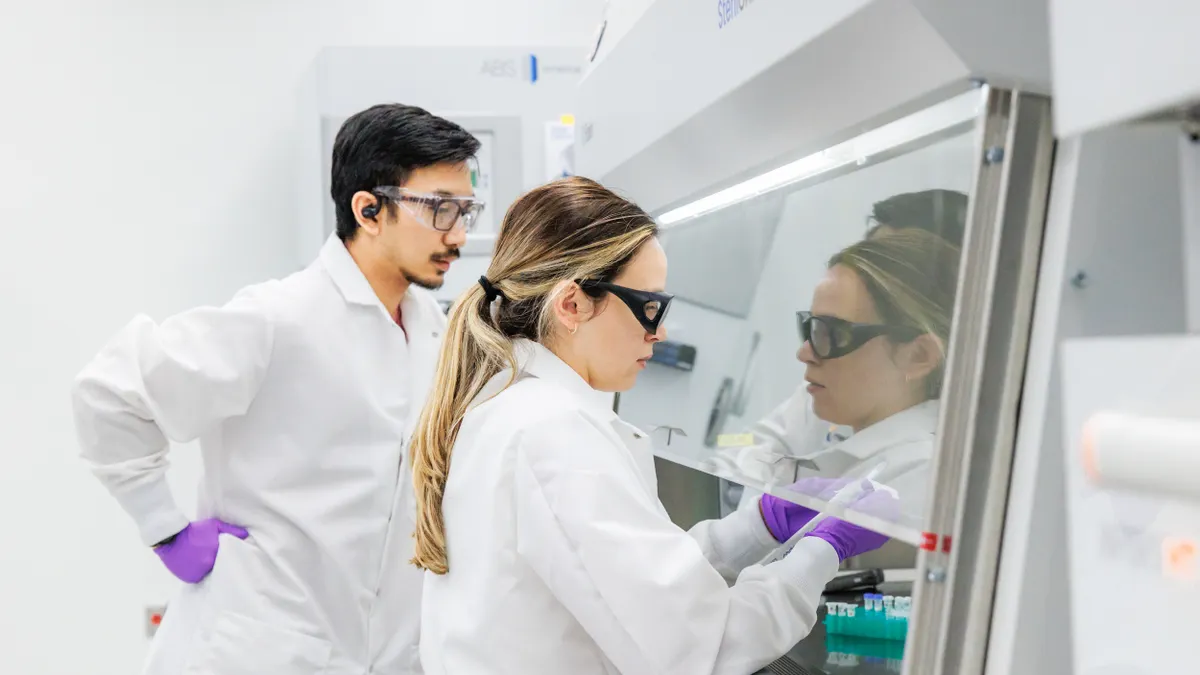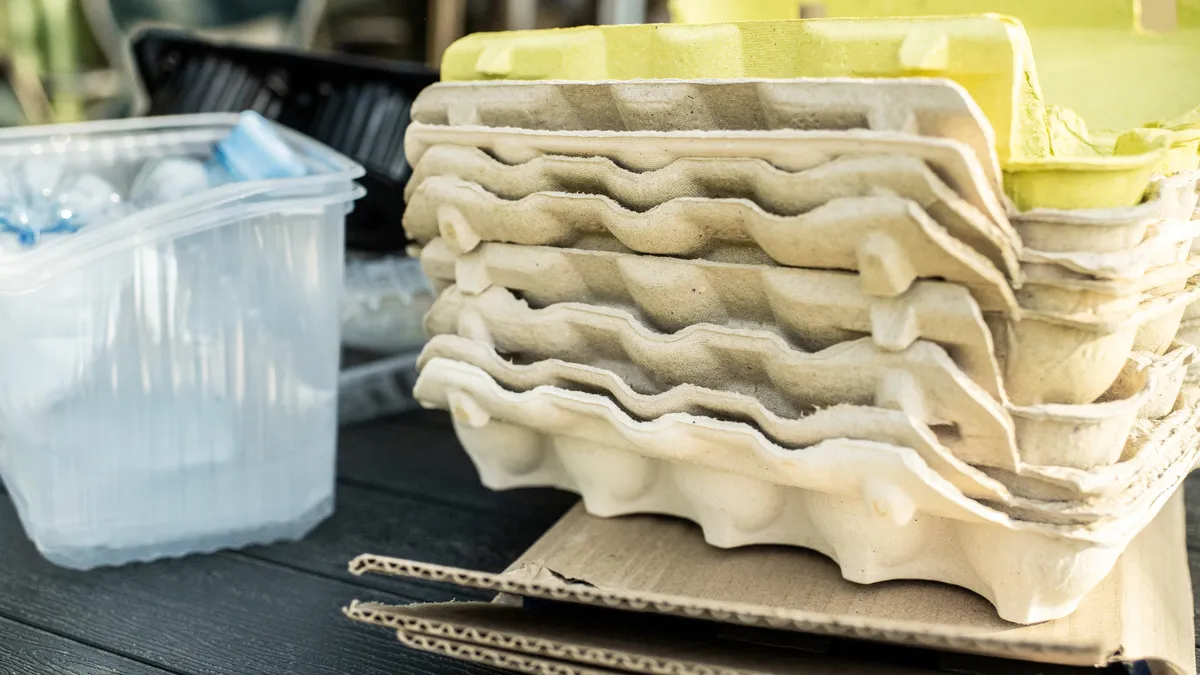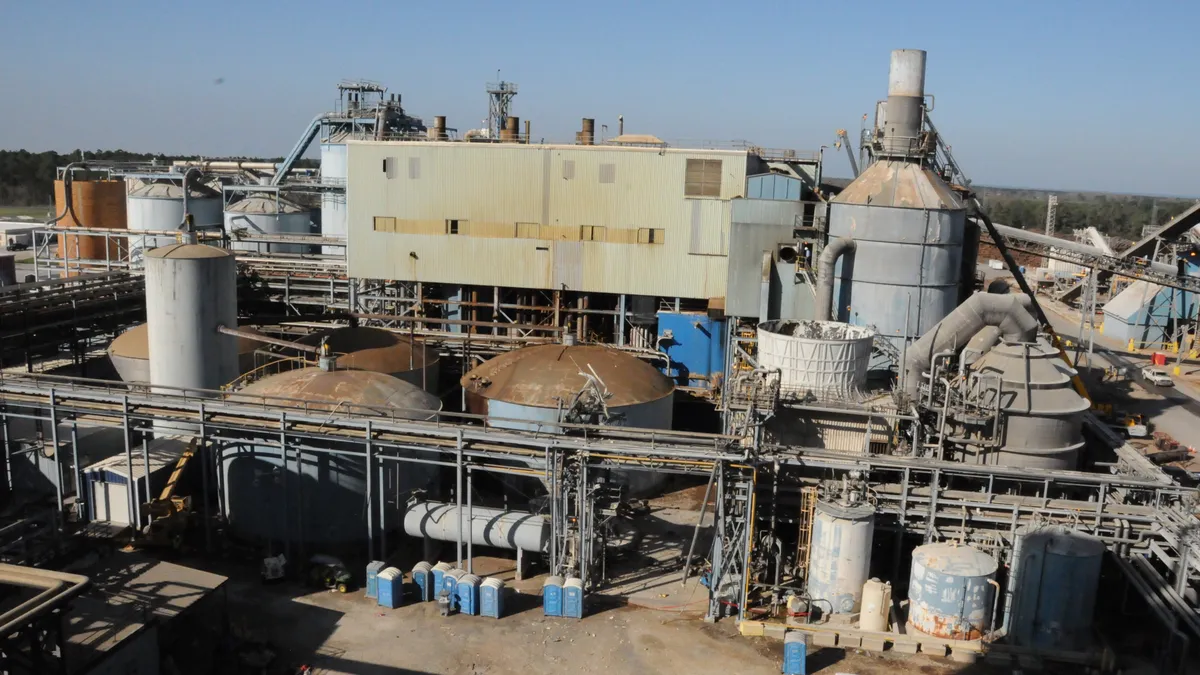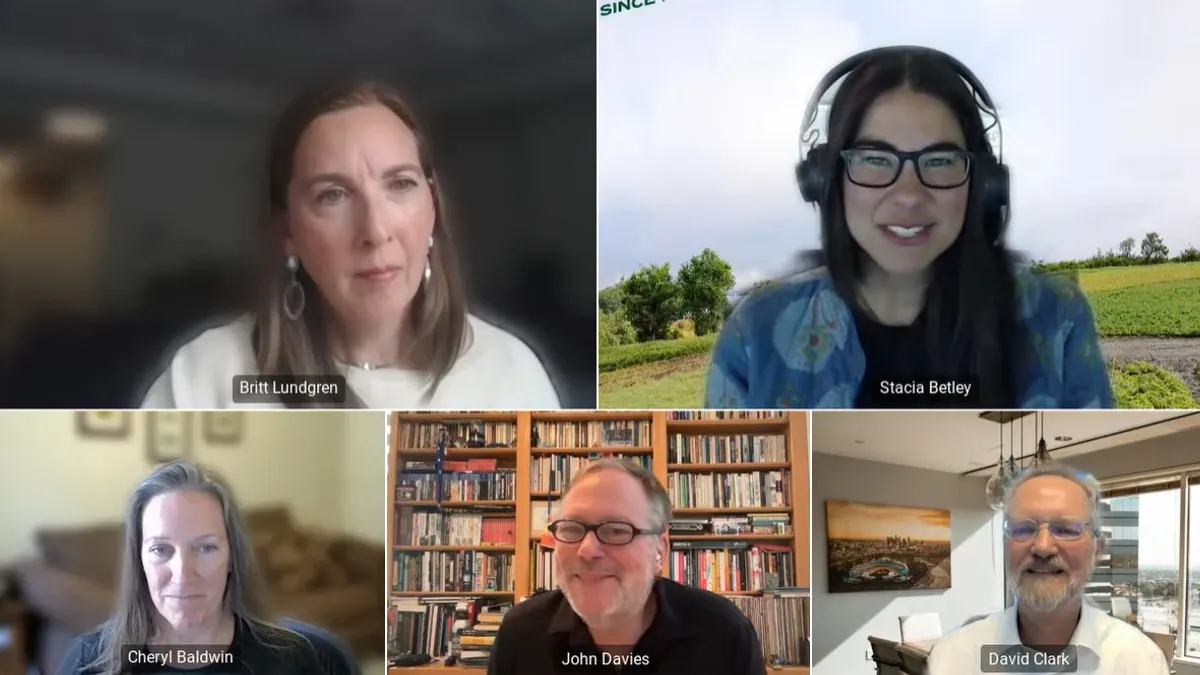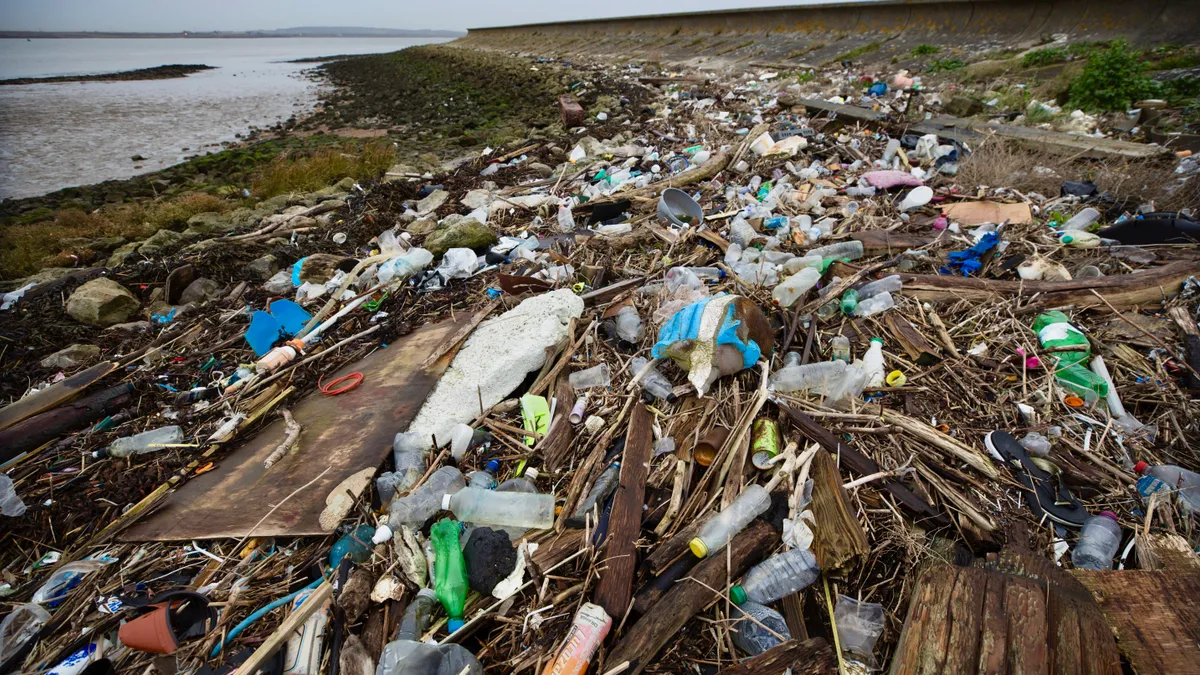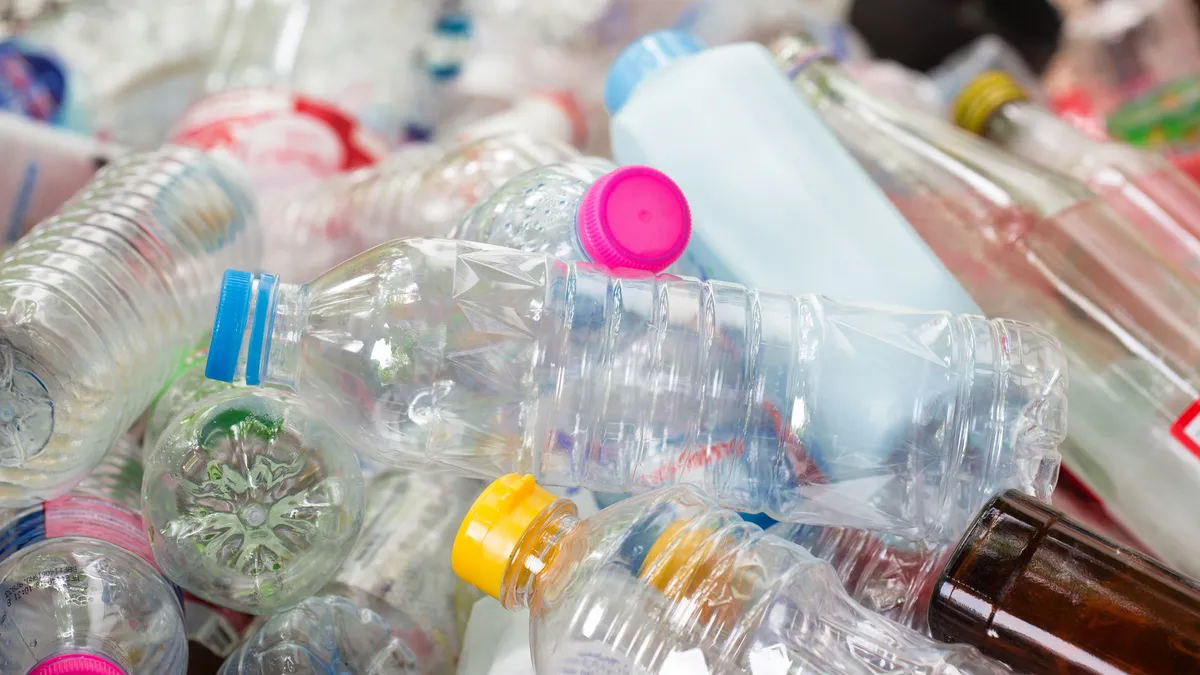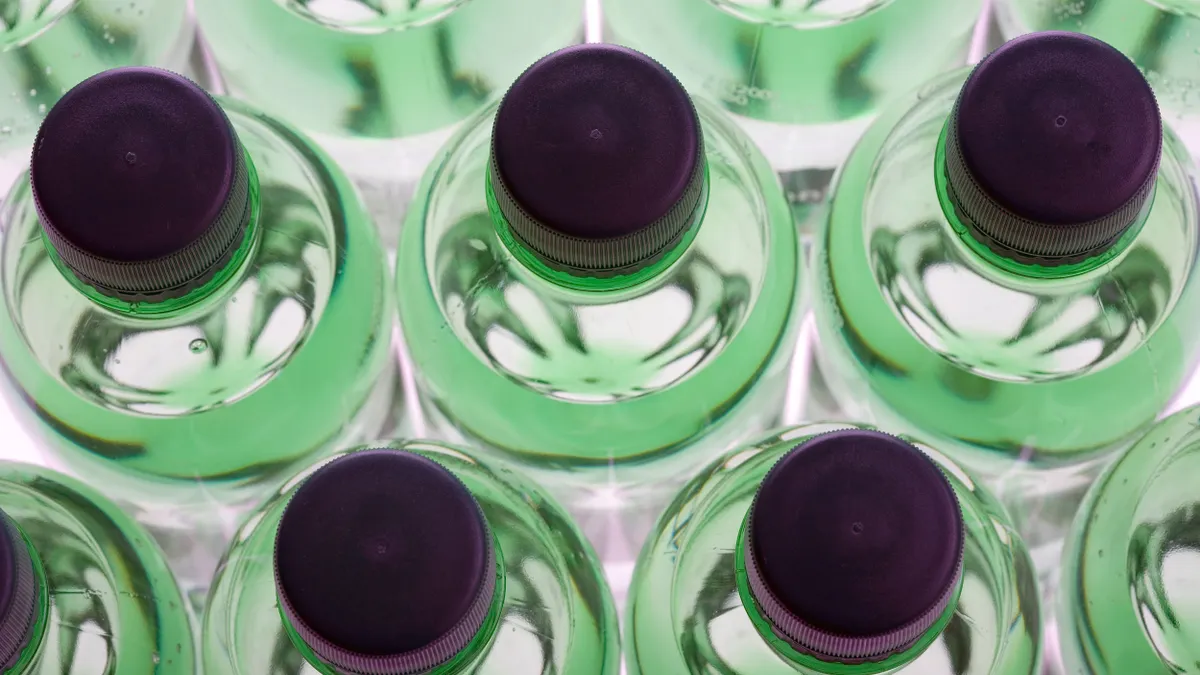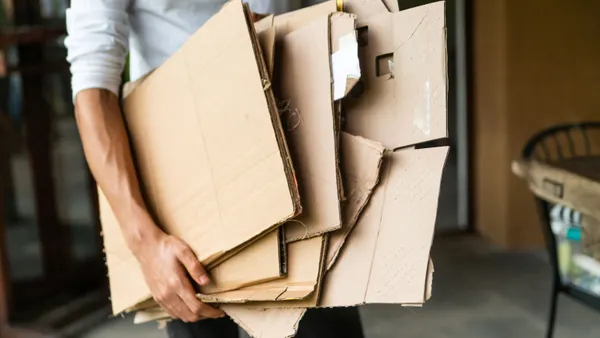Braskem is on a quest to expand its portfolio of biobased products. One of the next ingredients for that process at Brazil’s largest petrochemical company may come from an office park in suburban Massachusetts.
The company, which describes itself as the largest biopolymer producer in the Americas, has a goal to reach 1 million tons of annual production capacity for bioproducts and bioattributed products by 2030. Braskem’s biobased feedstocks are being used in an estimated 40 different grades for a range of products, including packaging, reusable water bottles, footwear, toys, wires and cables, adhesives, cosmetics, paints and more.
The foundation of that is Braskem’s 260,000-ton bioethylene facility in Triunfo, Brazil, which produces material from sugarcane-based ethanol. The company also has other production projects in various stages of development, as well as multiple technical and innovation centers around the world.
Braskem’s $20 million Renewable Innovation Center, located in Lexington, Massachusetts, is the newest in its seven-site network. The 35,000-square-foot facility opened in 2024. It houses a team versed in biotechnology, catalysis and process engineering.
The work is focused on early developments, with research related to the conversion of bio-based feedstocks, such as sugars, ethanol, vegetable oils, lignin, and cellulose, into sustainable chemicals and materials.
Its focus is testing converting biobased feedstocks — such as sugars, ethanol, vegetable oils, lignin and cellulose — into chemicals and potential new monomers for bioplastics. Researchers do this through a range of processes, such as developing bacteria or yeast that can convert these feedstocks into chemicals of interest.
“We want to identify and develop catalysts that can do the transformations we want to do,” said Daniel MacEachran, global head of biotechnology, noting this may involve using or modifying existing chemicals. “In some cases, it's something entirely new. And that's really the work that the team is doing in here, that entirely new space."
A key part of that is engineering certain bacteria through genetic modifications. This is part of why Braskem chose this location after also exploring sites in the European Union and San Francisco Bay Area.
MacEachran said the greater Boston life sciences network is uniquely suited to the company’s work. The center’s team can order DNA the night before and have it delivered by morning, troubleshoot any issues with local equipment vendors and potentially work with dozens of nearby academic institutions such as Harvard University and the Massachusetts Institute of Technology.
The facility is equipped with a range of modern, automated equipment. While it might take one person a week to manage 10 test sample packages, this equipment could do thousands in a similar timeframe.
The center has yielded commodity chemicals produced via bacteria. Those then go to other labs in Braskem’s network for further testing, and ultimately for potential use at an industrial scale. Lexington works most closely with sites in Pittsburgh and Triunfo, which handle catalysis projects, and Campinas, Brazil, which handles biotech projects. Braskem uses an electronic lab notebook system that helps it share information across sites, as well as plan and track each step of the testing process in Lexington.
Braskem touts its work on biobased polyethylene and polypropylene as preferable to other biobased products because they’re “drop-in solutions” for customers, which perform the same and can be used in existing systems.
“They don't have to do any adjustments in the process. The final product — meaning the bottle, the package, the bag — it's exactly the same,” said MacEachran.
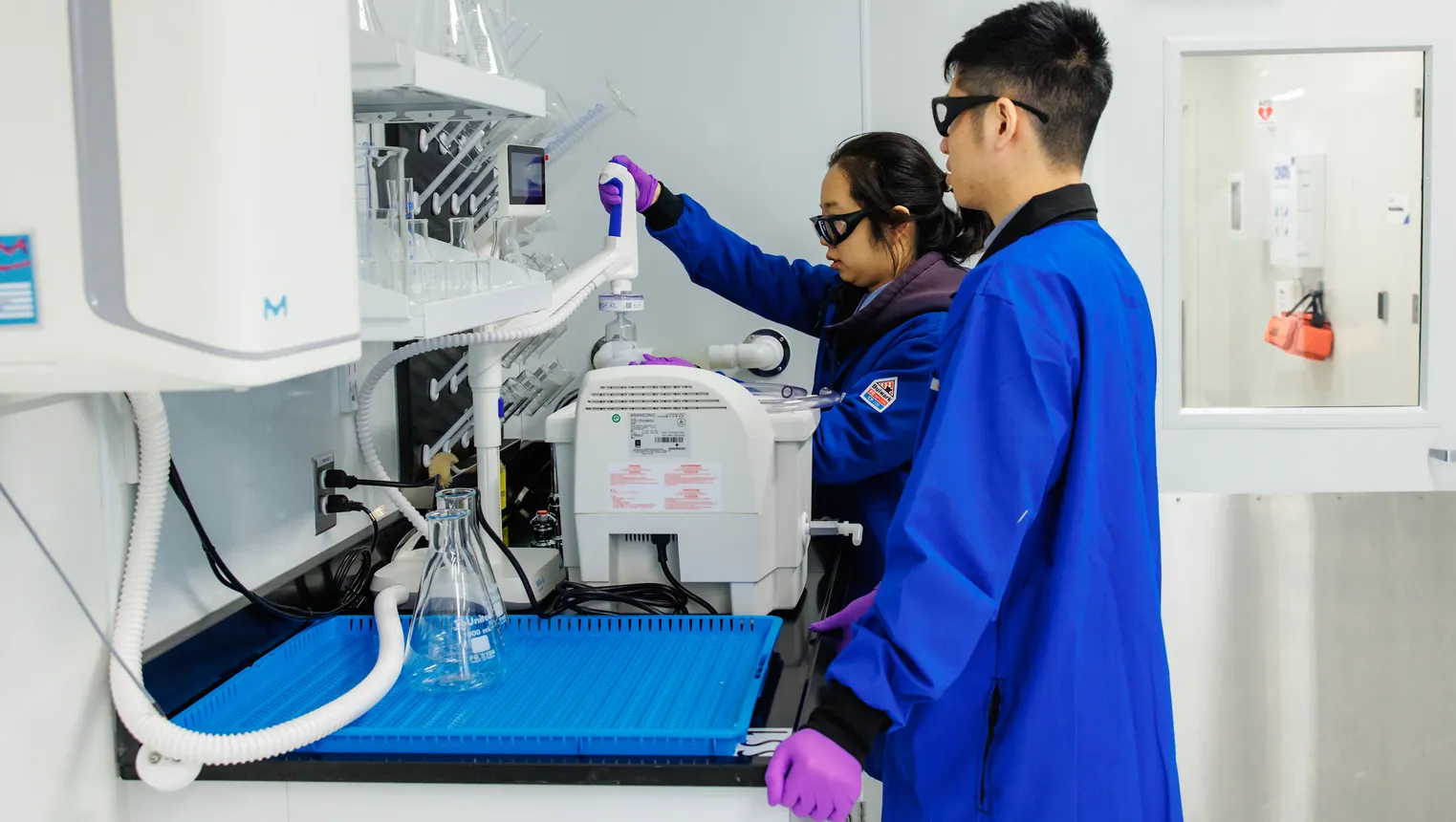
Biobased pivot
Biobased materials are often pitched as a plastic replacement. But Braskem is pursuing strategy that sees biobased materials as complementary to an increasing focus on ethanol within its core petrochemical business.
The company has had access to the biobased ethylene technology since the 1990s. It first debuted the offering at the K trade show, the global plastic industry’s largest event, in 2007. Production began in Brazil in 2010 and further scaled with a recent expansion at the Triunfo complex.
According to a Braskem earnings report, the overall sales volume of the company’s biobased PE was 191,000 tons in 2024. This was up 23% from the prior year, though still a small percentage of its overall chemical output. Volumes for the first quarter of 2025 were 38,000 tons, down 14% year over year due to a temporary plant shutdown in Brazil.
Looking ahead, the company projects demand for its bioplastics will continue to increase. One estimate, from Grand View Research, put the market’s value at $15.57 billion in 2024 with potential to reach $44.77 billion by 2030. Various startups have faced challenges scaling in this market over the years, but they didn’t have the resources of a major petrochemical company.
Braskem also intends to use more mechanical and mass balance-attributed recycled content in the coming years to meet growing interest from customers that want to continue using some form of plastic.
“All of that combines to support incremental demand for plastic in the next 15 years,” said Gustavo Lombardi, director of business development, noting that the current plan is to “cover higher demand on plastics without disrupting the fossil industry, yet.”
Anti-plastics groups are generally still opposed to bioplastics, citing the potential to blend them with fossil-based plastics, among other factors. Skeptics also tend to raise issues about recyclability or compostability for other alternatives such as PLA. According to Braskem, its biobased polyethylene doesn’t affect product recyclability.
When asked about the cost versus fossil-based plastics, Lombardo said Braskem’s biobased PE is “very competitive” with other alternatives, such as those with recycled content.
He also noted that the majority of plastics’ greenhouse gas emissions comes from the feedstock, which isn’t the case for Braskem’s biobased PE. According to a cradle-to-gate life-cycle analysis reviewed by KPMG, Braskem’s product has a net negative carbon footprint.
As the cost and regulatory equations evolve, Braskem is hoping its environmental pitch can also help it scale this part of the portfolio. Executives have a target for the overall biobased business to generate $600 million to $800 million in earnings before interest, taxes, depreciation and amortization by 2030.
This will depend, in part, on upcoming decisions related to the 2030 production goal of 1 million tons. Other large projects that could add to this include a joint venture with Japan-based Sojitz, known as Sustainea, to develop biobased monoethylene glycol, which is set to include a facility in Indiana. Braskem also has joint venture with SCG Chemicals to produce biobased PE in Thailand. A final investment decision for the latter project, known as Braskem Siam, is expected by the end of the year.
“We've been very present in Asia since the first beginning, mainly in Japan, with the bio PE. They're going to help us leverage that position there, but also they’re going to give us even more capabilities to supply the Americas,” said Lombardi, citing the U.S. as a target market.
Braskem’s latest sustainability report also notes plans to study the development of biobased polypropylene in the U.S.
Looking ahead
Back in the Lexington lab, MacEachran said the company is focused on the “next generation” beyond polyolefins.
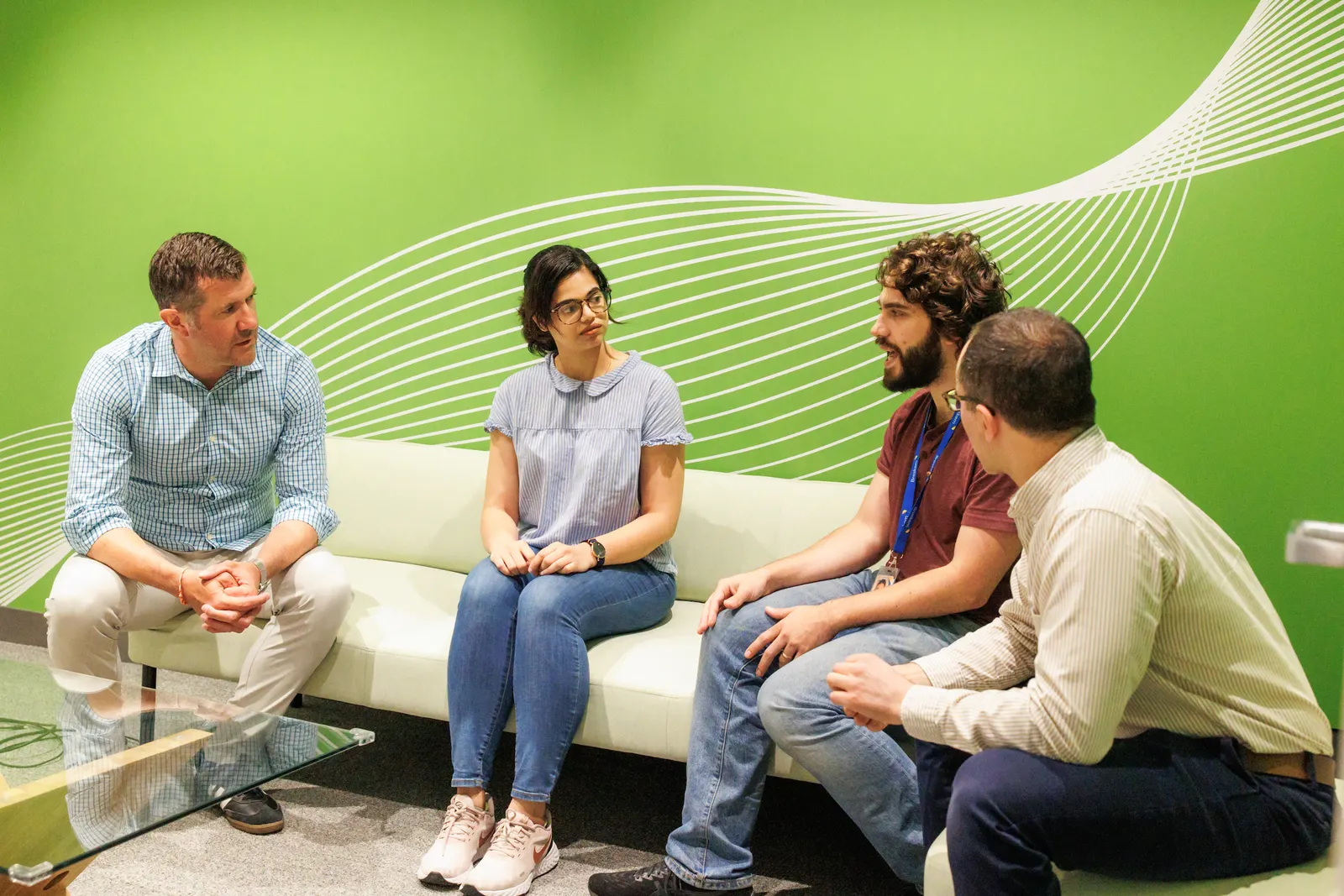
“We want something that not only works in the lab, but will eventually work at much larger scales. But we also want things that are cost effective,” MacEachran said of the company’s experiments.
The Lexington site is currently being utilized at around 50% capacity, and it was built with features such as utility hookups on the ceilings to allow for new configurations as it grows. Today, the research team uses a range of equipment for its testing including a machine known as the Big Kahuna and an advanced X-ray room.
One of the last steps in the biomaterial production lies in the site’s evaluation lab, which includes two advanced reactors. These are used for final testing to see how the catalysts are transforming feedstocks into products of interest.
This step utilizes a batch reactor, which can do six experiments at once to initially test how catalysts work with various substrates. The center also has a custom continuous reactor. That setup allows for four experiments at a time, which continuously flows material over the catalyst, mixing in heat and different gases to assess the outcome.
Small amounts of material from these reactors will then get tested at other Braskem locations and potentially produce monomers that could become bioplastics in the future.
“If this thing's up and running and going, you're going to make a few milligrams, a few grams,” said MacEachran of the continuous reactor. “But eventually it has the potential to be 200,000 to 300,000 tons per year.”



